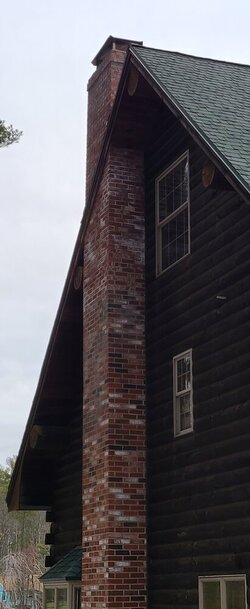Hi everyone. This is my second season in my new home that came with an England 30-NCP. Last year I had a great deal of back-puffing, which was slightly better with kiln or well seasoned wood, but that didn't rectify the issue. I spent a lot on a cord of kiln dried wood hoping it would be the answer, but alas it is not.
The issue I am having at the moment is with the air inlet control. I see no difference in the fire if it is fully open or closed. I read other posts on the forum about the 30-NCP and people commented that when closed it virtually put their fire out, which is not the case with mine. It sounds like something is sliding open and closed when I pull the handle, but it does nothing. Any ideas why this is? It is very difficult to prevent over firing when you cannot control the fire.
Can the air inlet control and back-puffing be related issues, or are the separate issues?
Thanks in advance for the advice!
The issue I am having at the moment is with the air inlet control. I see no difference in the fire if it is fully open or closed. I read other posts on the forum about the 30-NCP and people commented that when closed it virtually put their fire out, which is not the case with mine. It sounds like something is sliding open and closed when I pull the handle, but it does nothing. Any ideas why this is? It is very difficult to prevent over firing when you cannot control the fire.
Can the air inlet control and back-puffing be related issues, or are the separate issues?
Thanks in advance for the advice!
Last edited:


